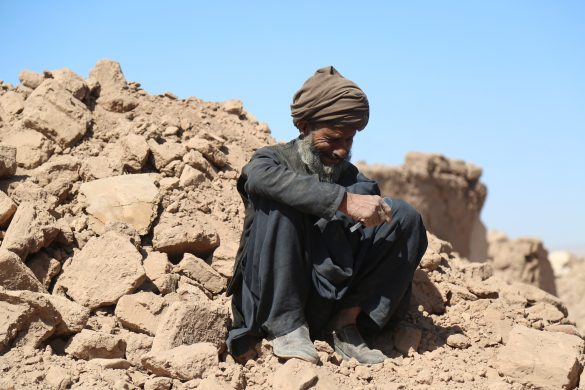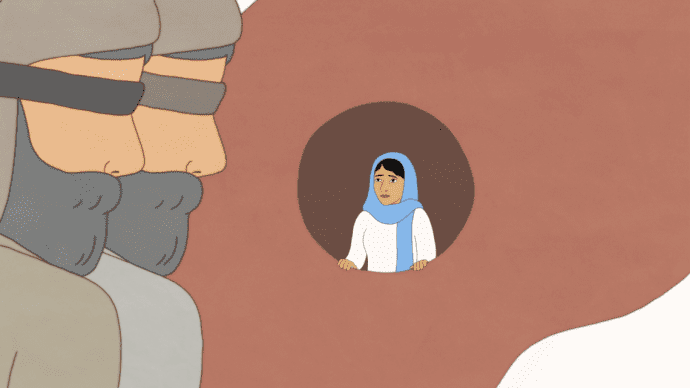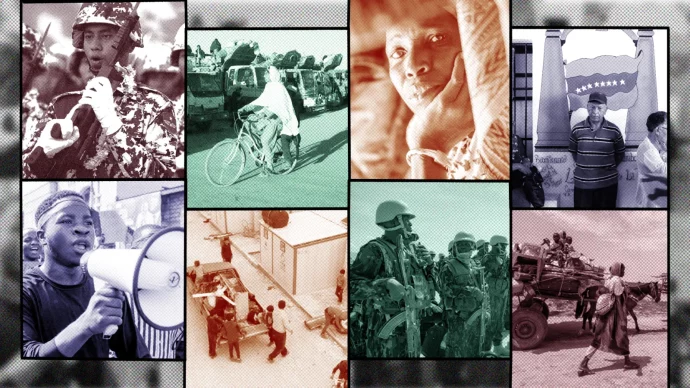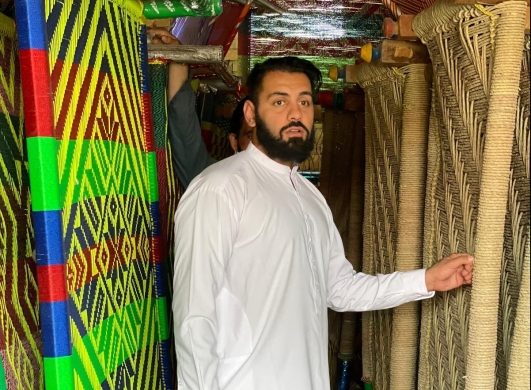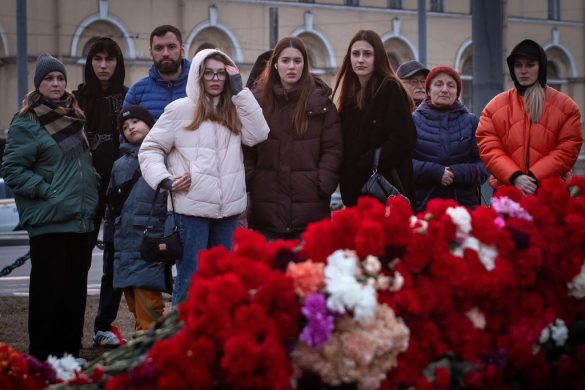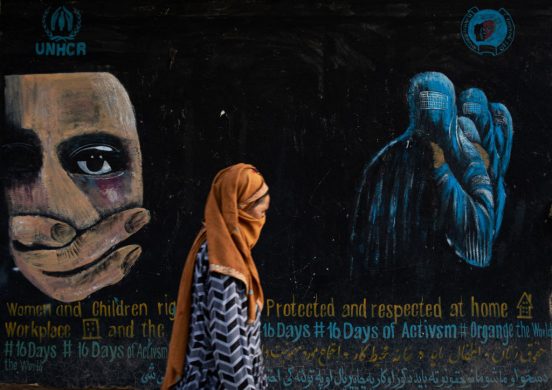I 2014 blev otte afghanske journalister dræbt mens de var på arbejde og antallet af angreb er steget voldsomt. Det skyldes bl.a. at sikkerhedsstyrkerne ikke har meget begreb om pressens arbejde og rettigheder.
COPENHAGEN, 15 January 2015 (IMS): Afghanistan witnessed more violence against its journalists in 2014 than ever before, says the IMS-supported Afghan Journalists’ Safety Committee (AJSC). It follows another surge in the first six months of the year.
The Committee documents in its latest report (se link under artiklen, red.) a total of 129 cases of violence last year—a 69 per cent increase from 2013.
Eight journalists lost their lives during professional work in Afghanistan in 2014, says the Committee.
Seneste halvår har været det værste i lang tid
The last six months of the year were considerably more violent than any other recent period says Najib Sharifi, Director of AJSC.
“Every independent media outlet in the country faces huge challenges when it comes to the safety of their journalists and their financial sustainability. Political instability, a climate of impunity and a growing general insecurity as international troops leave mean that the violence against our journalists has soared to new heights.“
Regeringsstyrker står for de fleste overgreb
Although government officials and security forces are still responsible for the majority of the attacks, their involvement has decreased when compared to 2013, says the Committee.
This follows from the work done by the AJSC and other media support groups, said Najib Sharifi.
In September, President Ashraf Ghani and Chief Executive Officer Abdullah Abdullah signed onto a statement of support respecting freedom of speech and press freedom as “non-violable principle[s]” and pledging “to spare no legal measures to promote and protect [them].”
“The decline in Government-sponsored attacks is the result of the continued advocacy by media support organisations, which have prompted senior officials to voice their support for media and freedom of expression and who are now fulfilling some of their pledged commitments,” said Najib Sharifi.
Udenlandske tropper på vej hjem
The increase in violence in 2014 follows international military troops stepping up their departure from the country and a tense political situation after a contested Presidential election earlier in the year.
In a bid to end the insurgency that threatens the recovery of the country, President Ghani of the current Government of National Unity has since offered the Taliban posts in the new government, which was turned down.
The worsening security situation over the last six months, including an increase in suicide attacks and roadside bombs is one of the principal reasons for the unprecedented escalation of violence, says the AJSC.
In 2014, three journalists lost their lives and another 13 were wounded as a result of suicide attacks and explosions.
A lack of awareness on the part of security forces about the rights and duties of journalists also spurs on the violence and intimidation.
In addition, lacking prosecution of perpetrators has emboldened warlords to increase their attacks on journalists. In the second half of 2014, warlords were responsible for nearly a quarter of the violence—nearly triple what it was the year before.
Hjælp os med at beholde ytringsfriheden
Freedom of expression is one of the biggest achievements of post-Taliban Afghanistan. But the country is not capable of preserving it without support from the international community, says Najib Sharifi of AJSC:
“A healthy media sector is a crucial element in developing our country’s future democracy. If we want to solidify the gains made, the Afghan government and its international partners need to prioritise freedom of expression and media freedom.”
The AJSC works with local Afghan media outlets and media support organisations like IMS to improve the protection of media workers and the right to freedom of expression.
It is a locally managed organisation established by IMS to assist journalists in danger and support families of victimised journalists.
The AJSC is the first of its kind established in Afghanistan with its inclusion of press unions, media representatives and civil society organisations.
The committee is in charge of a 24-hour hotline, a safety support emergency fund and advocacy work on safety in 32 out of 34 provinces.



